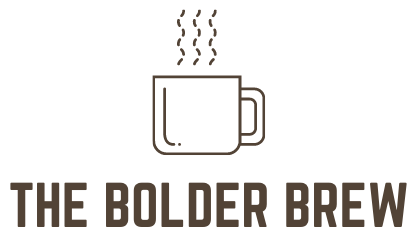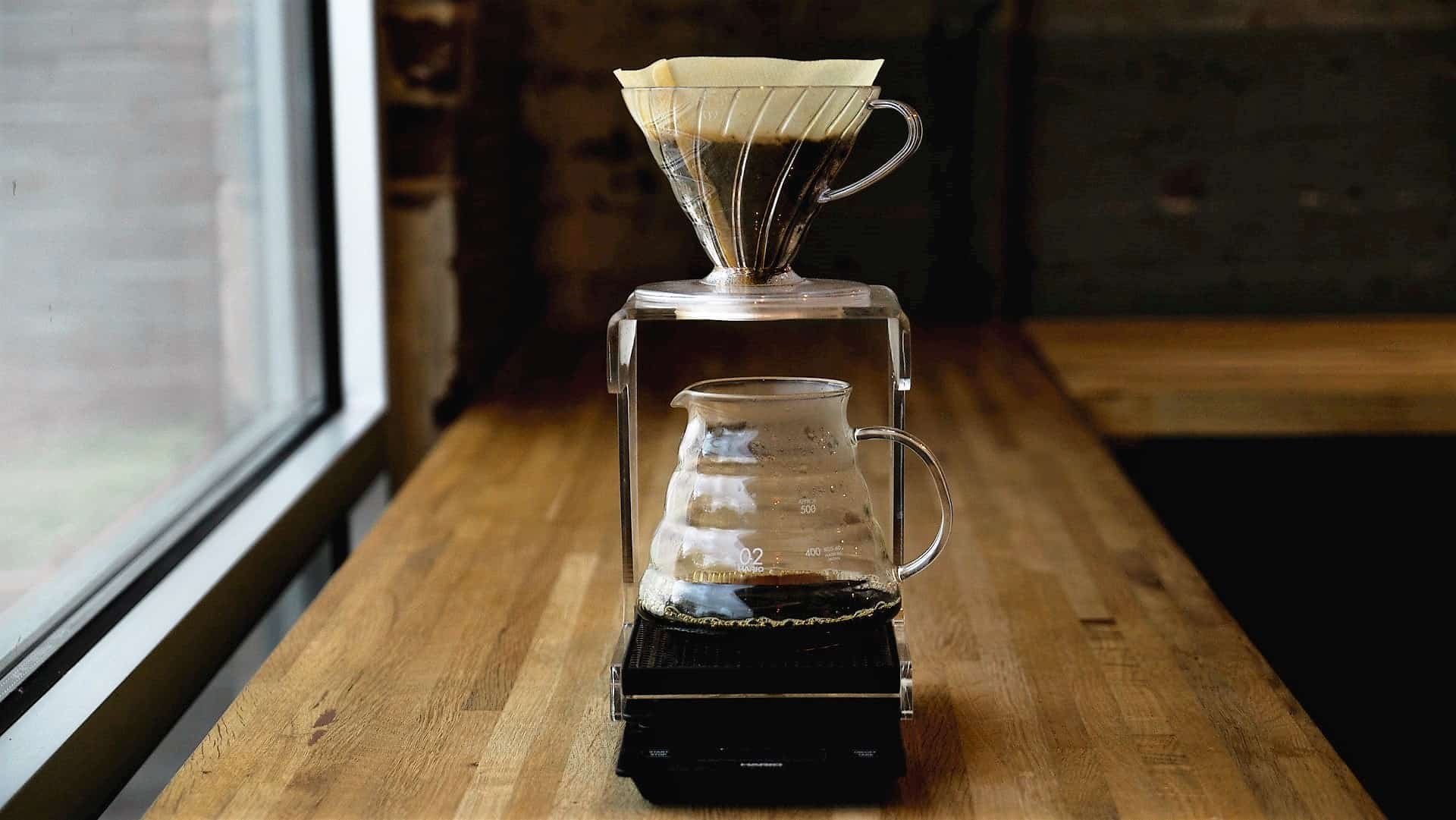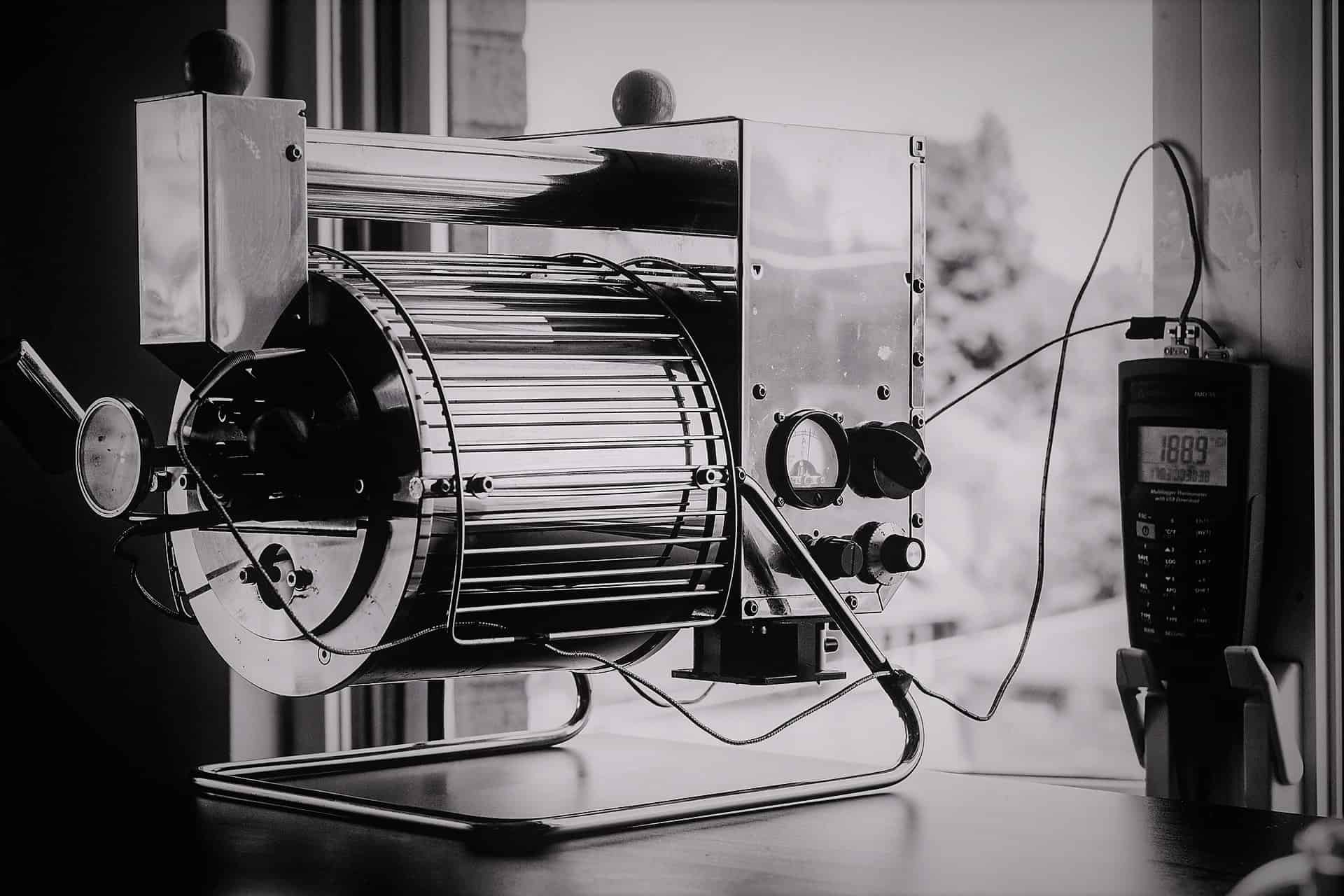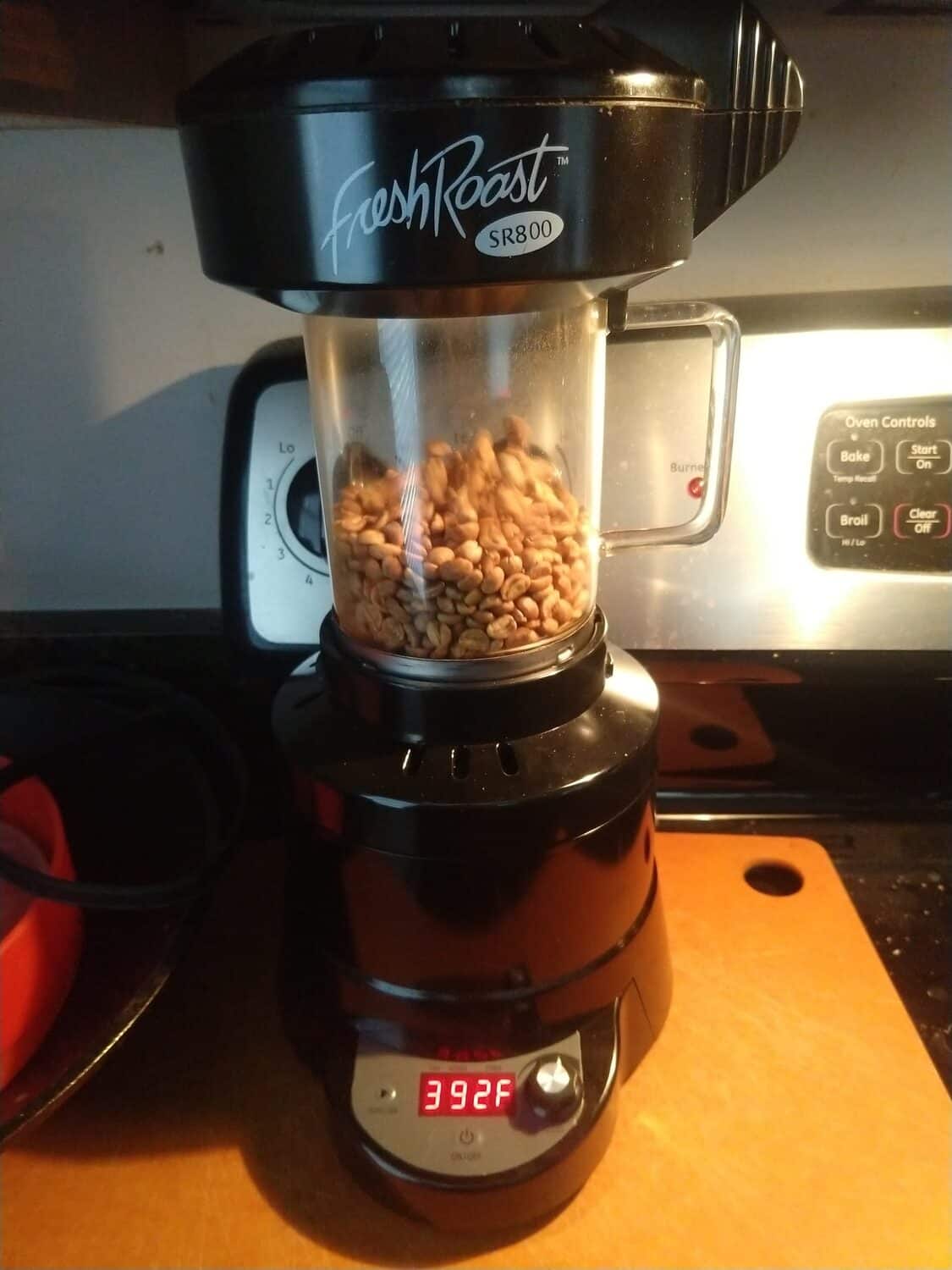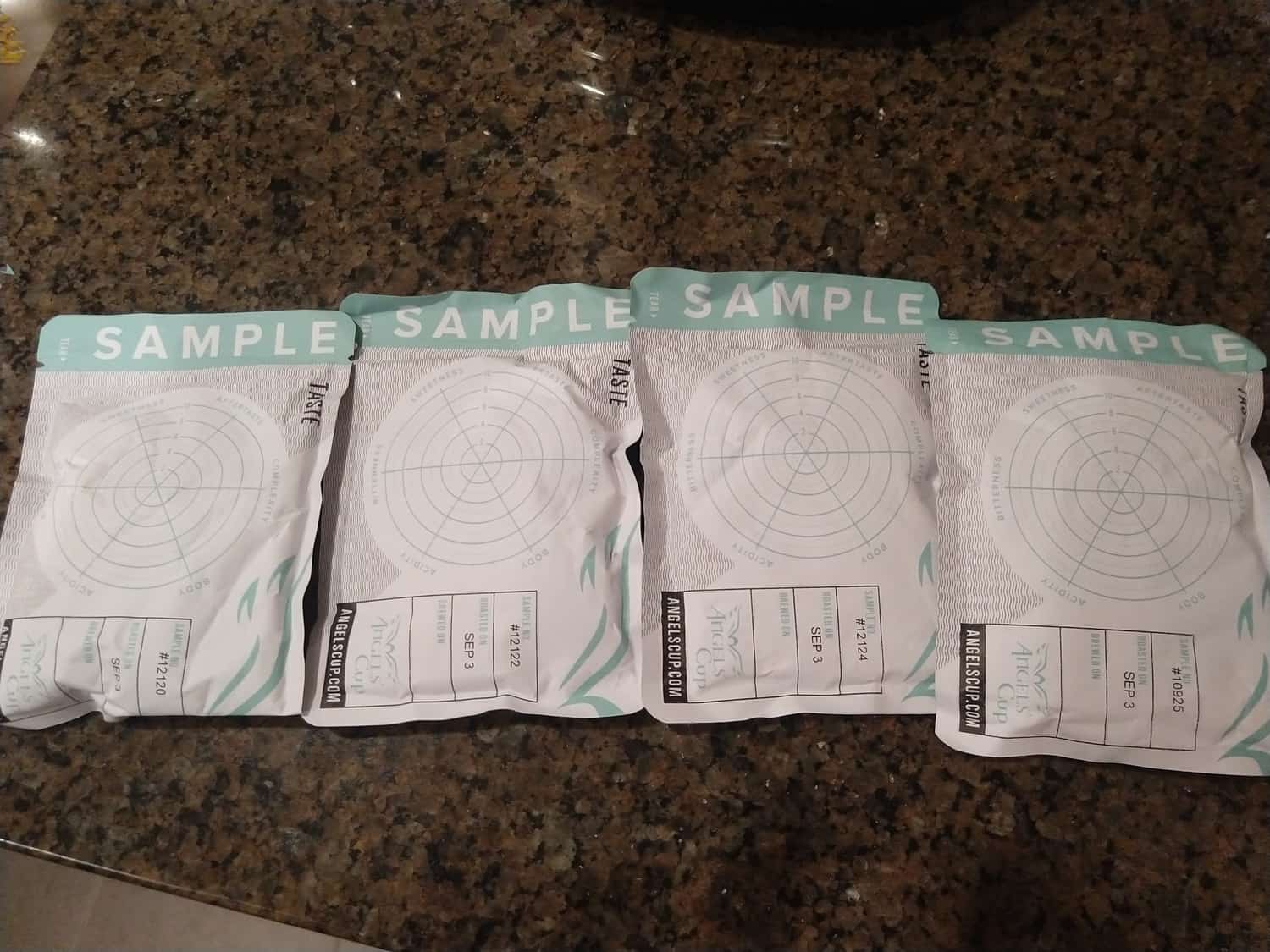Lifeboost Medium-Roast Coffee Review: Tasty Brew, Questionable Marketing
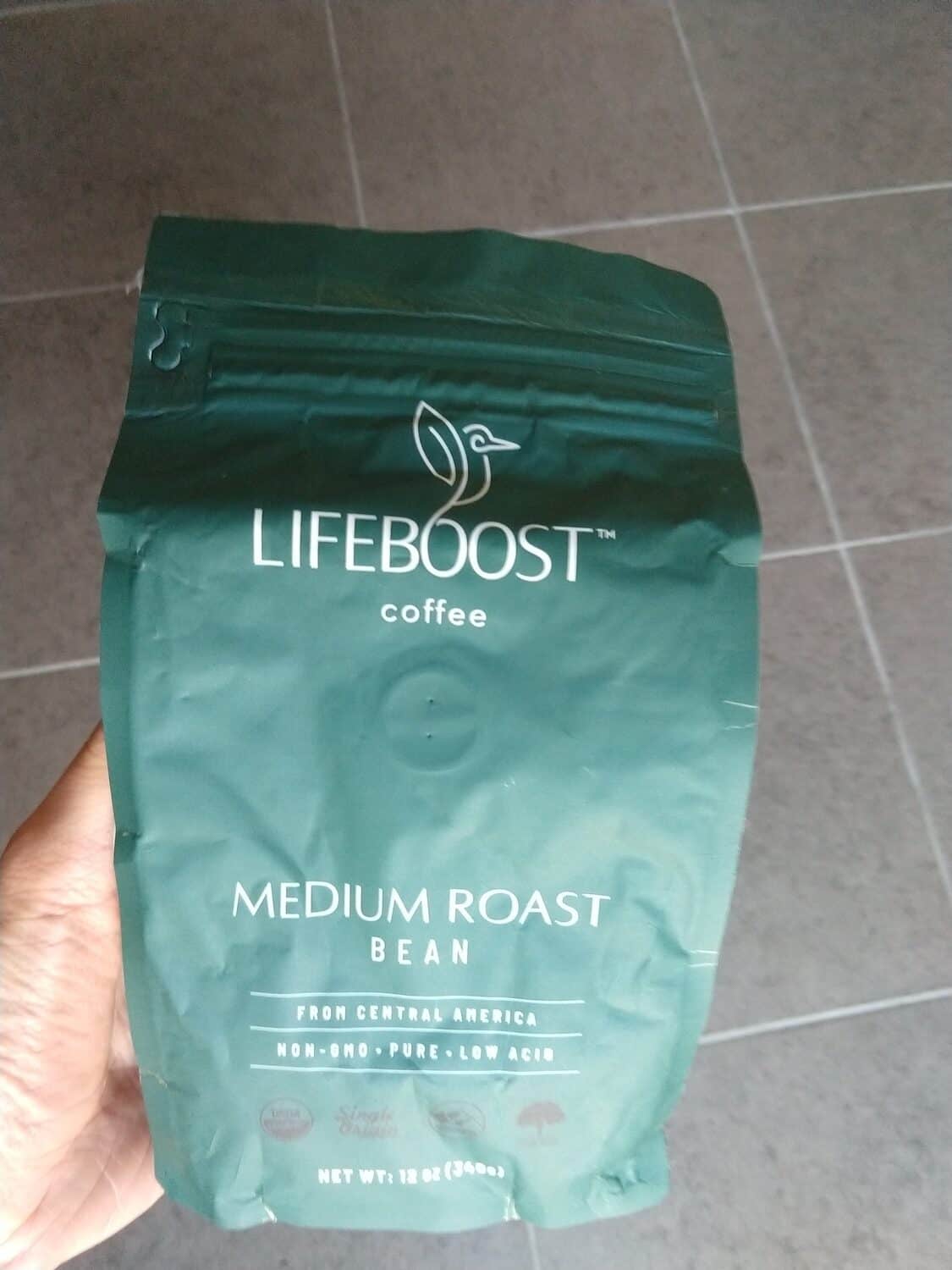
Coffee may be the healthiest part of your diet.
With how much I consume, that's great news.
Almost no caloric value, yet chock-full of antioxidants and associated with lower risks of some horrifying diseases.
Now, loading yours up with creamer and sweetener is another story.
But reasonable amounts of pure, black coffee will almost certainly leave you better off.
So when brands like Lifeboost Coffee say they've produced the purest and highest-quality coffee possible, and that it tastes great, I'm all ears.
My medium-roast was delicious coffee indeed. It's also expensive, even by specialty coffee standards.
So, the biggest question: is it actually worth it?
Here are my thoughts after working through a bag via several brewing methods.
Note: I'm reviewing this from a coffee fan's perspective. Everything about Lifeboost--from branding to website text to aggressive upsells--suggests they're targeting health-conscious folks who enjoy coffee but don't consider themselves connoisseurs.
If my take seems cynical, then keep in mind I'm not quite in their target market, and I sit on the skeptical side of most health-related marketing messages in the first place.
Table of Contents
What's The Deal With Lifeboost Coffee?
I stand by the claim that pure, black coffee leaves us better off.
Whether it leaves others better off is more complicated.
The coffee industry grew out of colonial agriculture. To this day, the product side is rife with labor and human rights concerns.
There are also big ecological concerns, since getting maximum yields (for desperately-needed cash) can damage the delicate ecosystems where coffee grows.
And it probably goes without saying that none of us want to pump ourselves full of questionable chemicals. Organic certification per se is complicated (and often means less than you'd hope), but all else being equal, I'd prefer that my coffee have it.
Lifeboost emphasizes its careful sourcing to respect these important issues while still delivering excellent coffee.
In their own words:
"Our coffee is 100% chemical-free, non-GMO, shade grown, fairly traded, and single origin. It’s the healthiest coffee on the planet.
[...]
We support farmers with a fair wage, the environment with sustainable farming practices, and wildlife by donating a portion of all profits to protect the plants and animals who live in our coffee regions."
I couldn't possibly say whether it's "the healthiest coffee," and many other specialty coffee brands do the same, admirable things.
But it's certainly as healthful as anything you can buy, and they do a great job of documenting why.
I'll briefly break those statements down, since there's a little coffee jargon that may not mean exactly what you'd think.
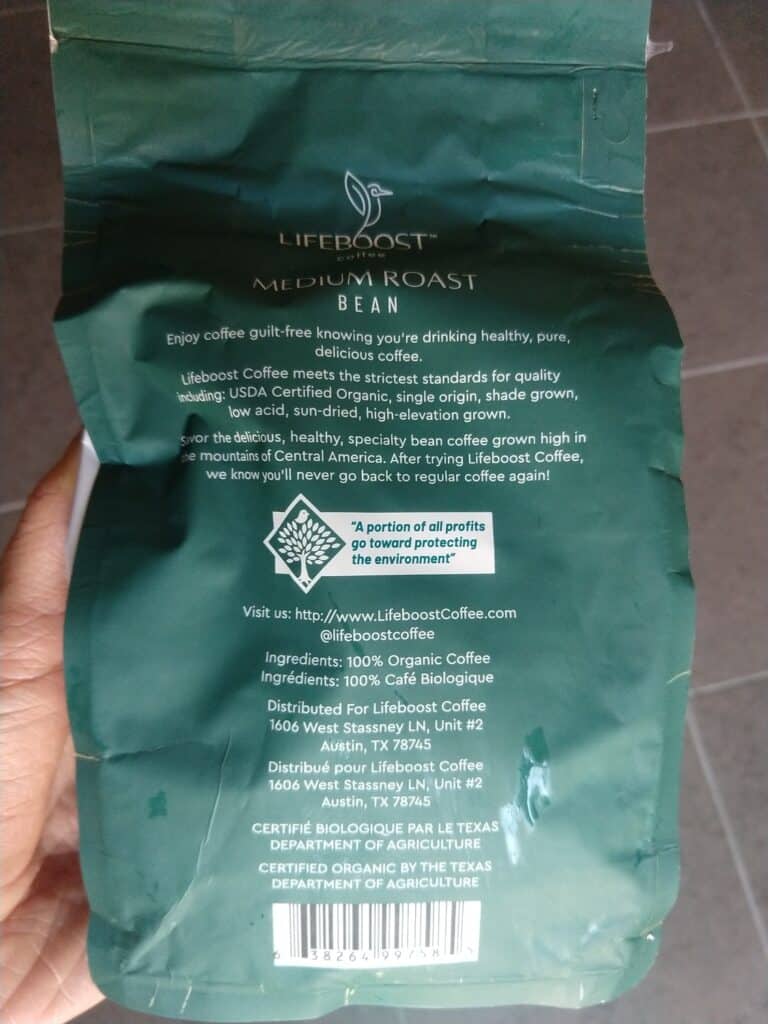
100% chemical-free, non-GMO
Good!
As far as I could tell, this referred to pesticides and the like. That is reassuring.
As for what happens after harvesting, I don't believe specialty coffee ever meets chemicals at that point anyhow, since it would likely ruin the flavor at that point.
Cheap, commodity-grade coffee that is stored improperly may be another story, but if you're reading this, you probably aren't chugging that Nescafe anyhow!
Shade grown
This is undoubtedly a good thing. It's easier on the environment, and I believe it makes it possible to avoid pesticides in the first place.
It's also very common (but not universal) in the specialty coffee market.
Fairly traded
Another undoubtedly good thing.
Note that being fairly traded is not the same thing as being Fair Trade Certified.
The latter is a branded certification. It's often cost-prohibitive for small coffee farmers and cooperatives, though.
Consequently, coffees without that certification may still be fairly trading. And that generally equitable approach to doing business is what Lifeboost promises.
Given the colonial roots of the coffee industry, and the persistent poverty of a great many farmers, that's something I'm personally happy to pay a reasonable premium for.
Single origin
Now here's a buzzword that catches attention on the shelf (or website) but doesn't actually indicate quality.
Firstly, nothing's wrong with blended coffee! Likewise, some single-origin coffees are simply bad. It's all the bean quality and in the roasting. Single-origin garbage is still garbage.
Sure, you can blend to mask flaws. But you can also blend to create more complexity and depth of flavor than a single bean permits. Many roasters do exactly this and produce incredible results.
This turned out to be a Nicaraguan coffee from a place called Mt. Kilambé, although the bag only says "Central America."
Nicaragua can be as fine an origin as any. Nothing remarkable on this point, but nothing questionable, either.
The high-end coffee market prides itself on provenance, so it's unusual to leave origin details off of the bag itself.
Speaking of details, I wasn't able to determine who actually roasts the coffee, since all signs suggest that Lifeboost is strictly a sales and marketing company, not a roaster.
That's just a point of curiosity, not concern, since their contract roaster is clearly a good one.
Fair wages, sustainability, and donations
This is all terrific stuff.
Granted, one small brand won't right the wrongs of the multinational corporate successors to colonial powers.
But knowing that each bag is a net benefit to society, not just to the buyer and seller, is a great thing. Props to Lifeboost for making that a priority.
What I Like About Lifeboost Coffee
Flavor
This was a very pleasant bag of coffee.
It is not one I'll reminisce about months from now, but I enjoyed it, period.
The taste was typical (in a good way) of higher-elevation Central American beans.
Frankly I'm clumsy with tasting notes, but let's give it a shot.
- Body: light and smooth, especially in the V60. Pleasantly dry mouthfeel, perhaps slightly tannic.
- Notes: mostly earthy and nutty. Usually noticed some woody qualities. Some brews brought out a bit of cocoa.
- Brightness: lightly fruity. Strikingly similar to another Nicaragua that I roasted a few months ago.
I'm awfully partial to the Hario V60 for most coffees of this roast level. It gave a clearer and sweeter cup than other methods.
However, I was able to bring out deeper, earthy notes with an AeroPress. It's well worth trying both ways!
Freshness
I always worry a little about mail-order coffee, especially from online brands that are clearly not targeted at coffee enthusiasts/hobbyists.
It was unquestionably a fresh bag. The extensive degassing during the blooming phase was evidence of that.
There's also a characteristic scent of fresher beans, which diminishes and changes after a few weeks. I can't describe it well, but it was clear and pleasantly strong when I opened the bag.
Even as a stickler for freshness, Lifeboost did not disappoint.
Quick shipping
Part of why it's fresh was the quick shipping. I received it (in the Seattle area) about three business days after ordering, which is entirely reasonable.
I can't speak to delivery times elsewhere, but it seems to have been roasted right before shipping, and then promptly packaged and mailed.
Guarantee
I bought the bag out of curiosity. At worst, it's something to write about!
But at this extraordinarily high price point, you might not want to take the gamble.
So it's good that Lifeboost has a risk-free policy. I don't think I've seen that in the coffee industry before--at least not with full-size bags--so that's a prudent and appreciated offer.
Fortunately, I enjoyed the coffee far too much even to think of taking them up on it.
A true medium roast
"Medium roast" is a funny label. Perhaps everyone just uses Starbucks ("Char-bucks") as their frame of reference, but what's often called medium on a store shelf is actually quite dark.
I worried that this would be the case.
And I was wrong.
The medium roast is what I'd term a city roast or, arguably, a full city roast.
That means it's developed enough to have depth and sweetness. Neither the sourness of overly light beans, nor the carbon notes of over dark ones, but a genuinely middle ground.
It's probably on the lighter side of medium, in fact, which makes the origin and excellent bean quality stand out.
Whoever roasts it knows their craft.
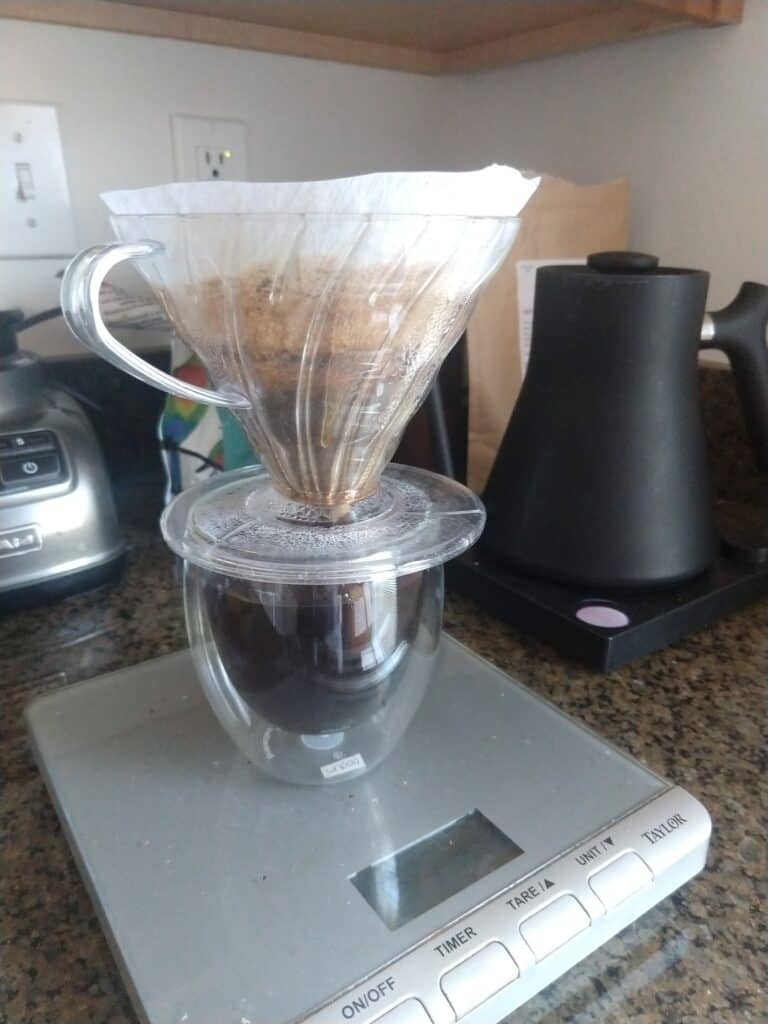
Why To Think Twice About Lifeboost Coffee
Price
I'm not averse to spending significant money on good coffee.
And Lifeboost's medium roast really is good coffee.
However, it costs about twice as much as dozens (hundreds?) of equally tasty, healthful, and environmentally-sound options. Many others are coincidentally low-acid, too, just not labeled as such.
Some of their sales materials use health information to justify the price. I am not convinced, but more on that at the end of this section.
All told, as much as I enjoy the flavor of the coffee itself, I found nothing extraordinarily unique to warrant the extraordinary price.
Not for those who take milk and sugar
Personally, I only drink coffee black in the first place.
But I realize many of you might like at least a dab of creamer and/or sweetener.
If so, then I wouldn't recommend the medium-roast Lifeboost. This is hard to explain, but the flavor profile just doesn't mesh with any add-ins. I expect the same for the light roast, and probably more so.
(Then again, my wife tells me it's quite nice with the soy creamer from Trader Joe's. I'm just not partial to that flavor combination.)
But if you just don't do plain black coffee, then consider the dark roast or perhaps even one of the flavored coffees.
No visible roast date
To be clear, my bag was fresh.
That was obvious from the aroma, the feel in the grinder, and how it bloomed in the brewer.
That said, there wasn't actually a roast date anywhere on the package!
I don't know about you, but I always have multiple bags of coffee around. It's very helpful to know (roughly) how much longer I can expect each one to last.
Now, it was perfectly fresh. No worries there.
But the standard industry practice is to print an exact roasted-on date. It's just a strange omission (even if unimportant) that is incongruous with the brand and quality.
Questionable health messages to justify price
There's probably nothing less productive than disputing health information on the internet.
Normally, I wouldn't touch this, least of all on a site about coffee.
But the price seems to rest on health messages, so there are three things I'll briefly address.
General sales tactics
They use several extremely hard-sell pages (like this, this and this) that dig hard into health concerns.
Everything about those pages--from the language to the layout--is typical of weight-loss products, make-money-online schemes, and the like.
I gathered that the man behind Lifeboost (Charles Livingston, DC), sold a weight loss program online circa 2012, so perhaps some marketing practices carried over.
Whatever the reasoning, it's jarring to see such...intense...tactics for a coffee company whose product is obviously legitimate and good.
That's typical in the health products world but unorthodox (to say the least) in the coffee world.
However, some of those pages conjure a series of culprits for stomach trouble, even contradicting each other with statements like "Well, your coffee’s acidity isn’t actually the problem. Here’s why: Black coffee isn’t that acidic."
And that leads to the next point…
Acidity
Their claimed pH of "6 or higher" is extraordinary. Coffee usually falls in the 4.3-4.7 range, and 5.0 would be fairly low-acid already.
Remember that pH is logarithmic, so it's supposedly 10x less acidic than already low-acid coffees.
For example, that means the difference from 5.0 to 6.0 is not (6.0 - 5.0) / 5.0 = 20%. Rather, it's a striking 10 ^ (6.0 - 5.0) = 1000%, i.e., a tenfold difference.
I was curious about that value, so I grabbed some pH test strips to compare it to a coffee I'd roasted. Mind you, I'm no chemist, but I did follow identical steps and measurements for each.
(These particular pH test strips are intended for urine and saliva. Perhaps, for reasons I don't understand, they're not suitable for coffee. But that would make them equally unsuitable for all coffees, so I'm not too concerned for comparison purposes.)
First, the Lifeboost medium roast. I'd say this result is somewhere between 5.0 and 5.5.
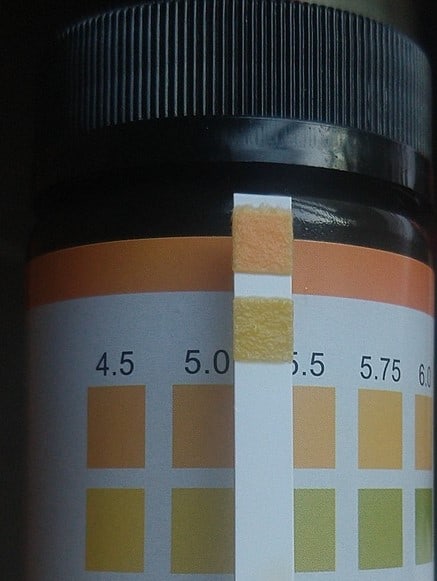
Next, an Indonesian coffee I roasted at home. This, too, looks like the 5.0-5.5 range.
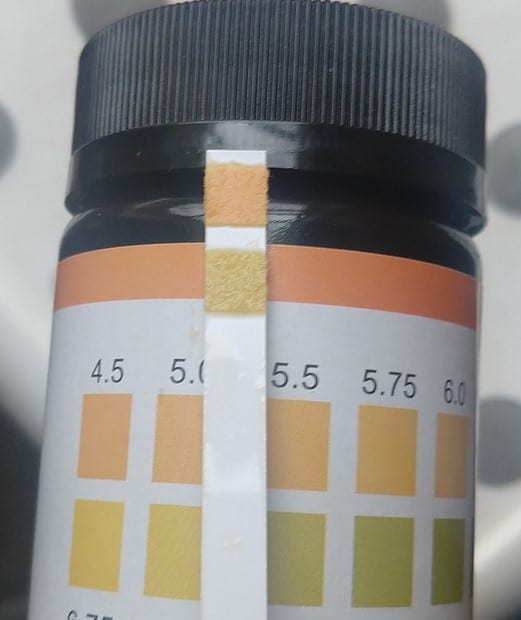
Fun experiment, but harder than I thought to match these against the reference colors. No doubt my phone camera and amateur photography skills don't help.
All the same, this result didn't yield the 6.0 pH I anticipated. The two coffees came out surprisingly close.
I repeated this another day with Lifeboost and a Bolivian coffee that was closer in roast level. I also had the good sense to compare the two strips side-by-side.
Here we go, with Lifeboost on the left and the Bolivia on the right in all pictures.
Once again, I'd place both in the 5.0-5.5 range.
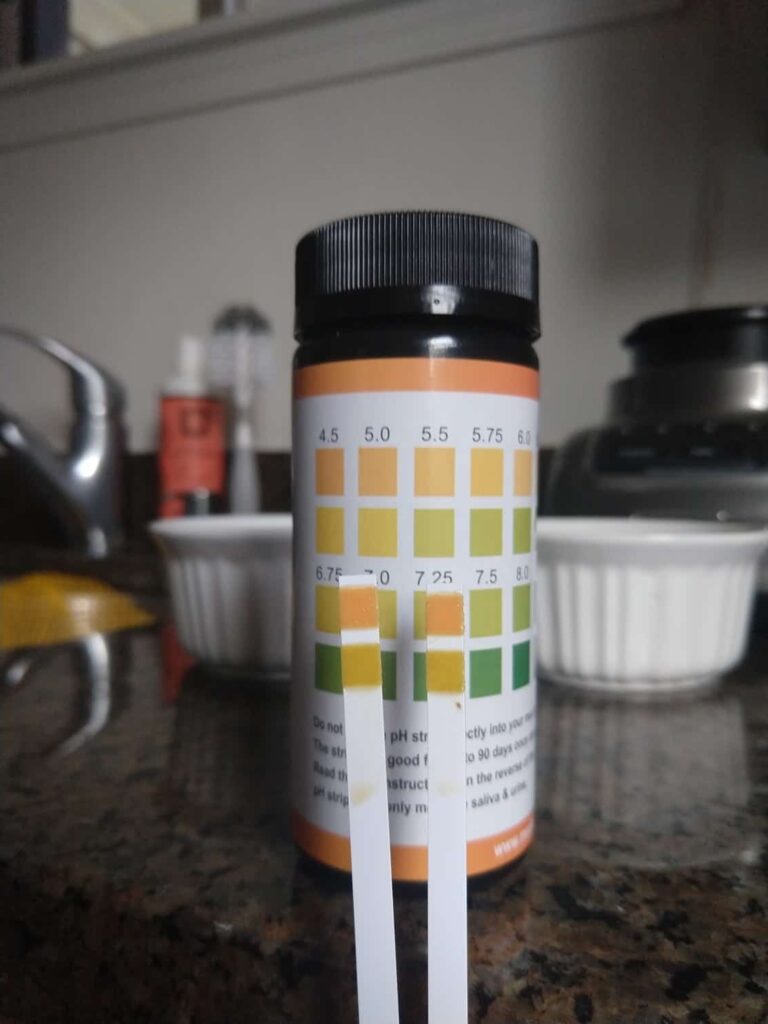
Finally, just a side-by-side comparison of the same test strips.
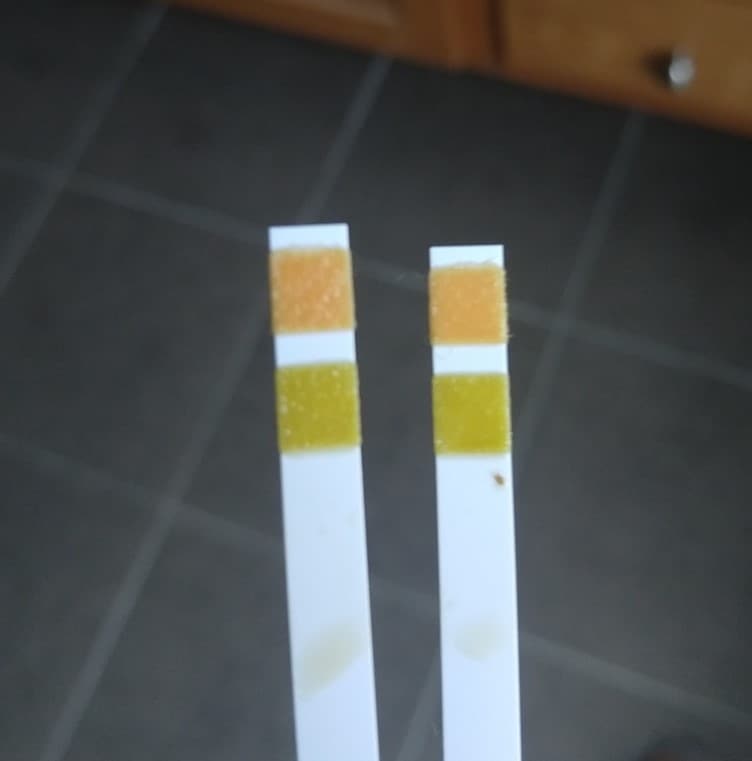
To my eye, these are not distinguishable.
Anyhow, the point here is that two coffees picked at random from my counter are quite close in acidity to the Lifeboost.
As I mentioned earlier, it's possible that these strips are just so bad for coffee that they make everything look the same. So take it with a grain of salt, just as you should take marketing claims with a grain of salt, too.
The evidence for a uniquely low-acid coffee is weak here, but I remain open to convincing!
Perhaps the bigger point is that common fruit juices (typical pH around 2.3-4.2) are many times more acidic.
If you can stomach juices but not coffee, then coffee acids aren't the problem. Perhaps something else in coffee is bothersome, but it looks like acids are off the hook.
Still, many of their customers claim that Lifeboost coffee is uniquely easy on their stomachs.
If those quotes and reviews are legitimate, then it may well help you, too.
And if it does, then I'm genuinely glad, because going without coffee is not a good day!
Just consider whether low acidity (for a high price) is really the reason.
And as I've found here, there's conventionally-priced specialty coffee that's equally low in acid, especially in a darker roast.
Mycotoxins
Mycotoxins are a scary (and real) thing. Lifeboost is just one of many brands that emphasize their mycotoxin-free coffee.
But is it worth a massive premium? That's where context is everything.
Their scary contamination numbers come from studies that evaluated commodity-grade, mass-market coffee. That means products like instant coffee, some of the old-school pre-ground brands, and maybe worldwide coffee retailers (but not necessarily).
The thing is, mycotoxins come from mold that develops after picking. And mold is such a massive coffee defect that specialty buyers won't even touch it in the first place! Mold single-handedly disqualifies coffees from the much more lucrative specialty market.
So, if you're buying any specialty coffee, then anything beyond trace contamination is unlikely.
And if the prospect of even a trace worries you, then three things might put your mind at ease.
First, most of us consume far more mycotoxins from other agricultural products, especially cereals and wine. Coffee of any quality is a relatively small factor.
Second, roasting destroys the vast majority of whatever might remain.
Third, even at the worst contamination rates from any study, it turns out you "would have to drink over 2 liters of brewed coffee per day to risk toxicity levels, roughly 11 eight-ounce cups. Per day. Every day."
To summarize, mycotoxins are scarier in principle than in actuality. They're almost certainly not in specialty coffees anyhow.
I fully believe that Lifeboost is mycotoxin-free, and I commend their extra efforts to ensure it.
But the same goes for most if not all roasters that charge about half as much.
Bottom Line: Excellent Coffee, But The Price Is Hard To Swallow
There is no question that Lifeboost's medium roast is a good coffee that does good things for everyone in its supply chain. That is worth supporting.
I was pleasantly surprised with the freshness, and it brewed nicely with multiple methods like a V60, AeroPress, and some more obscure pour-over drippers.
(Out of those, the V60 was consistently the most complex and balanced cup. A ratio of 17 grams water per 1 gram coffee was excellent.)
But would I order it again?
Personally, not at this price.
Coffee acidity isn't a problem for me, and low-acid coffee isn't actually uncommon. And as great as their quality assurance and supply chain are, that's pretty much the norm in specialty coffee.
I also have to admit that the aggressive health-oriented sales tactics were off-putting, even if they have nothing to do with the taste of the coffee itself.
But...
Perhaps I'm also a bit cynical.
At the end of the day, it's a legitimately delicious coffee, and that's what we're all here for!
And if Lifeboost gives you singular confidence in a quality product, or if it's the one coffee you can stomach, then you will indeed get a great cup.
If the price were in line with the rest of the market, then I'd already have another bag on the way.
P.S. Their risk-free offer is generous. If you're curious to give it a try, then start with the medium roast. It should please just about everyone.
